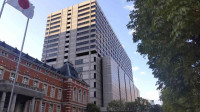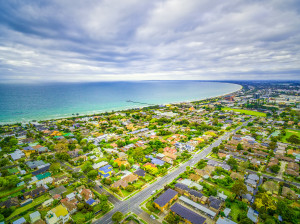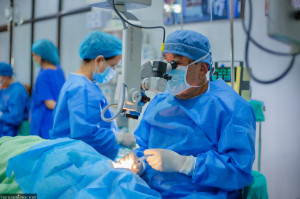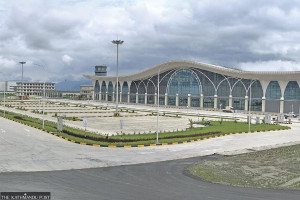Nepali Diaspora
Affordable places for Nepali students in Fukuoka
A guide to budget-friendly housing options that offer comfort in this Japanese city.
Post Report
Hakata
Hakata is a central district in Fukuoka City. It is located on the northeastern side of the city near Hakata Station, the main transport hub of Kyushu.
Pros
Hakata Station provides good connections to trains, subways, and buses, making it easy to reach universities such as Kyushu University and Fukuoka University. Rent for small apartments near the station typically ranges from ¥45,000 to ¥55,000 per month. Part-time job opportunities are available in shops, restaurants, and cafes around the station and nearby commercial areas.
Cons
Since it is a busy commercial district, it can be crowded and noisy, particularly around peak commuting hours. Food costs are slightly higher, and knowing the Japanese language is necessary for most part-time jobs.
Higashi-ku
Higashi Ward is located east of Tenjin and Hakata and is popular among international students for its affordable housing and proximity to universities and professional colleges.

Pros
It’s near the Fukuoka Institute of Technology and several other universities in the city. Rent is cheaper than in central Fukuoka, with one-bedroom apartments starting around ¥40,000 per month. The ward is also well-connected by subway and buses, providing easy access to college and universities.
Cons
Entertainment and nightlife options are limited compared to Tenjin and Hakata. Restaurants or specialty food options may be scarce.
Sawara-ku
Located west of downtown Fukuoka, Sawara-ku—especially the Nishijin area is popular among students for its affordable housing, local eateries, and peaceful environment. It offers a suburban calm while still being reasonably close to the city centre.
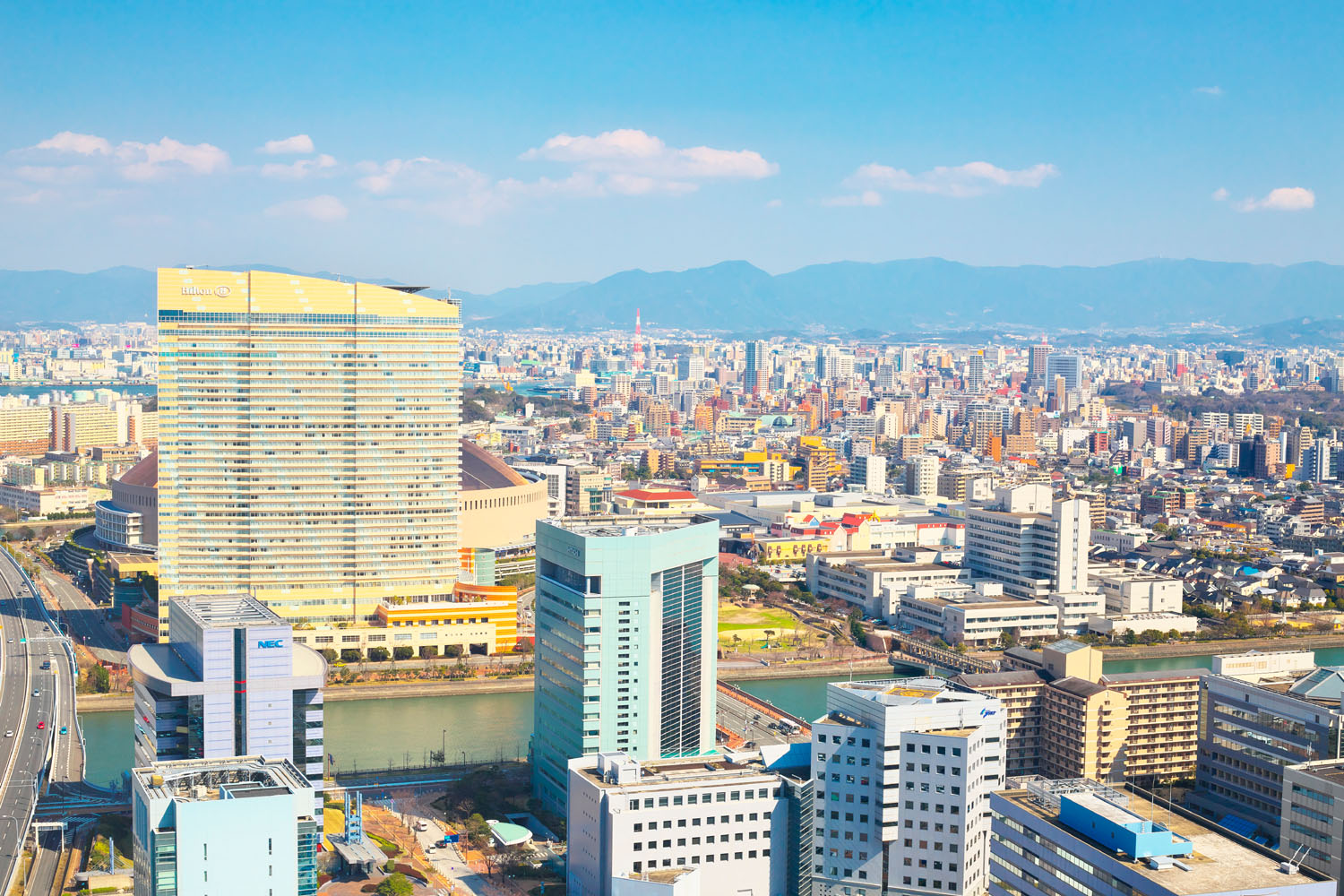
Pros
Housing is cheaper and more spacious, with many student-friendly apartments. The ward has good bus connections to Tenjin and Hakata, and bicycles are commonly used for local travel. Access to supermarkets, local restaurants, and parks makes it convenient for daily living.
Cons
Public transport is less frequent compared to central wards, and commuting to universities can take longer. Entertainment options are limited; students may need to travel to the city centre for nightlife or large shopping areas. Some older housing may lack modern facilities.
Jōnan-ku
Jōnan-ku is one of Fukuoka City’s seven wards, situated in the southwest of the city centre. It is largely a residential area and is home to Fukuoka University, giving it a youthful and community-oriented character.

Pros
The ward offers relatively affordable housing compared to central districts, making it attractive for students and families. It is a safe, quiet area with essential amenities such as supermarkets, local shops, and schools. The Nanakuma subway line improves access to the city centre, and the presence of Fukuoka University creates a lively student atmosphere.
Cons
Despite the subway line, transport options are still somewhat limited, and some neighbourhoods feel less connected to the rest of the city. Due to the growing population, certain areas can also experience congestion during peak hours.
Hakozaki
Hakozaki is a notable area in Higashi-ku, Fukuoka. It is just northeast of the city’s main centre and offers a blend of traditional culture, lively festivals, and urban convenience.
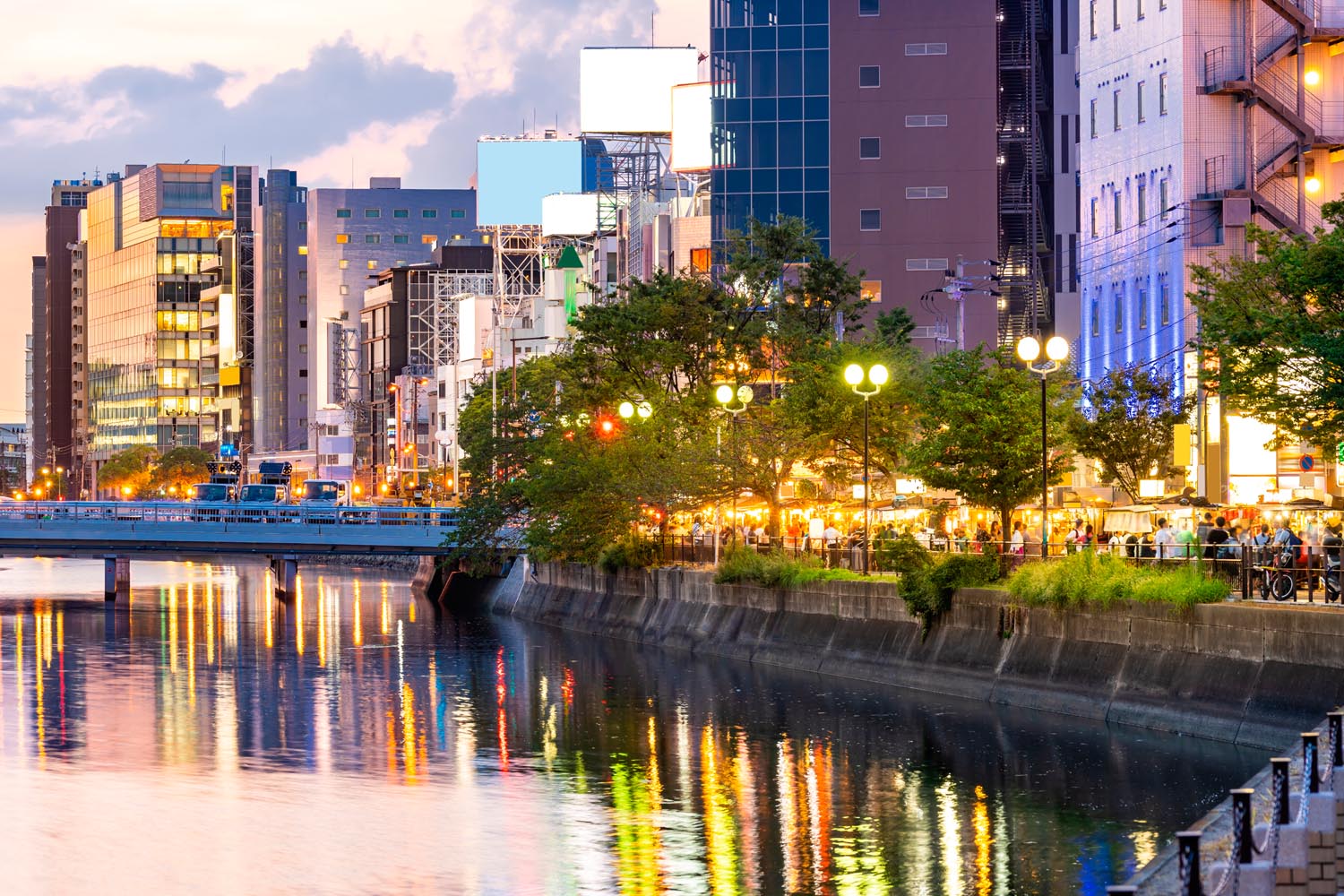
Pros
This area is recognised for its low rents, proximity to Kyushu University, and good transport to central Fukuoka. Hakozaki has parks, libraries, and a strong community feel, making it ideal for students.
Cons
English proficiency among locals outside central areas is limited, making daily communication and accessing services challenging.
————
Based on our conversations with the local Nepali students in Fukuoka.




 13.12°C Kathmandu
13.12°C Kathmandu


